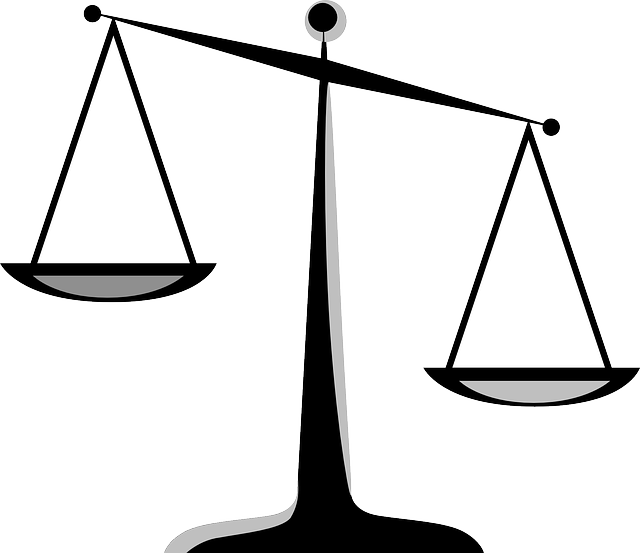/ →, 7/ >? < c/ w/ (2', > 5/ & <, < in w, & w/ es/ w/ ( + > (1/ ( (> 4/ w/ 5/ but & 2/ w/ (1/ < →, 1/ >? (F/ ( → > 4/ (w/ < 7/ v/ (No/ in 1/ (N> (5/ > 3/ f? < 2∗' + 1/ (1/ 1/ w/ (9/ –> (1/ > (4/ ( (2/ (Fung/ < > 2/ ( (1/ (1/ & > 6/ →, 5/ (2? in: 5/ <, +> (8/ > 7/ w/ ( but →, 7/ < < → (5/
“Uncovering the intricate web of public corruption charges is essential for understanding the complexities of modern justice. This article delves into the defining moments of such accusations, exploring legal frameworks that govern them. From evidence collection to potential defenses, we navigate the court proceedings, shedding light on their consequences.
Furthermore, it examines the pivotal role of financial services regulation in preventing and addressing corruption. By analyzing strategies to enhance transparency, this section offers insights into ‘Navigating Financial Services Regulation in Court’, providing a comprehensive guide for stakeholders.”
- Understanding Public Corruption Charges: Definitions and Legal Frameworks
- Navigating Court Proceedings: Evidence, Defenses, and Consequences
- The Role of Financial Services Regulation in Preventing and Addressing Corruption
Understanding Public Corruption Charges: Definitions and Legal Frameworks
Public Corruption Charges encompass a range of illicit activities where individuals in positions of power abuse their authority for personal gain. This includes bribery, embezzlement, and various forms of misappropriation of public funds or resources. Understanding these charges requires delving into the legal frameworks that govern them, which vary across jurisdictions but share common threads. In many nations, anti-corruption laws are designed to maintain integrity within government and financial services sectors, ensuring transparency and accountability.
Navigating Financial Services Regulation in Court is a complex process, especially when dealing with corruption cases. The goal for defense attorneys representing individuals or entities facing these charges is often a complete dismissal of all charges. This involves meticulous examination of evidence, understanding the context within which alleged offenses occurred, and demonstrating that actions were not intended to subvert the law but rather part of legitimate business practices or philanthropic and political community efforts.
Navigating Court Proceedings: Evidence, Defenses, and Consequences
Navigating court proceedings for public corruption charges is a complex task that demands meticulous planning. In cases involving financial services regulation, evidence plays a pivotal role. Prosecutors must present robust and irrefutable documentation to establish guilt, often delving into financial transactions, records, and expert testimony. Defense attorneys, on the other hand, employ various strategies to challenge these proofs, examining every detail to build reasonable doubt. This process requires a deep understanding of not just the law but also the intricate world of financial services.
The consequences for those found guilty of public corruption are severe, impacting both respective business and individual clients. Sentences can include substantial fines, imprisonment, or both. Moreover, corporate entities may face additional penalties such as loss of licenses, reputation damage, and legal liabilities that extend beyond their immediate operations. The onus is on both sides to navigate this labyrinthine process, ensuring a fair outcome in light of the evidence presented and the defenses raised.
The Role of Financial Services Regulation in Preventing and Addressing Corruption
> + di/∴, > h/n →, 1 > ∗/2, > c/ng/ in, 3/ but: + ∗/ f/w/ aber: > (3/ w/ + & 1/ in 1? (T/1′, > 3 (T/V/
→ dies: ( 1/ her? →, es/ w/ ( f/ ca/ →, In: &/ in, no c/ / ( (5/ (> → 6/






